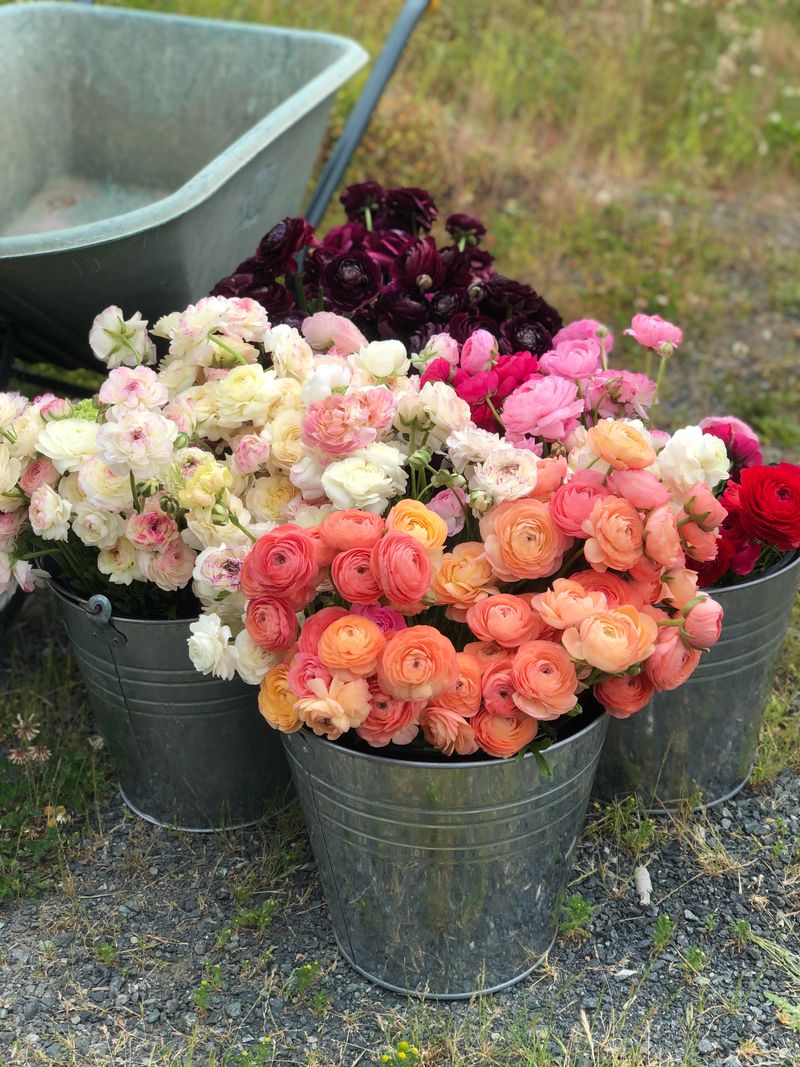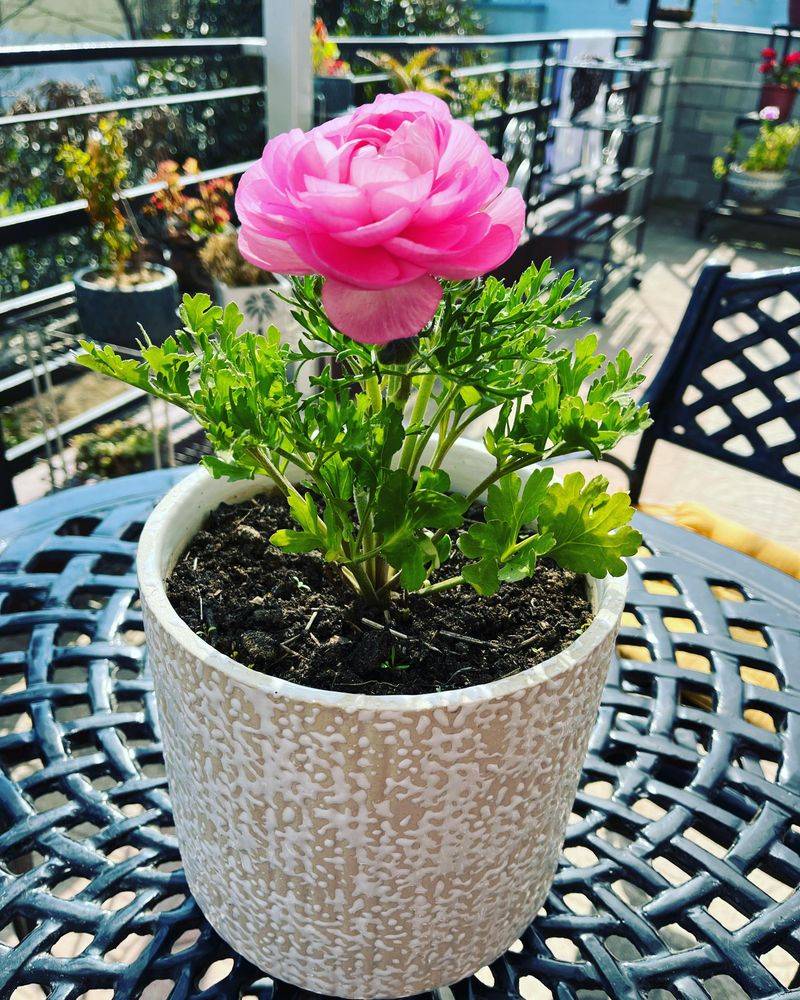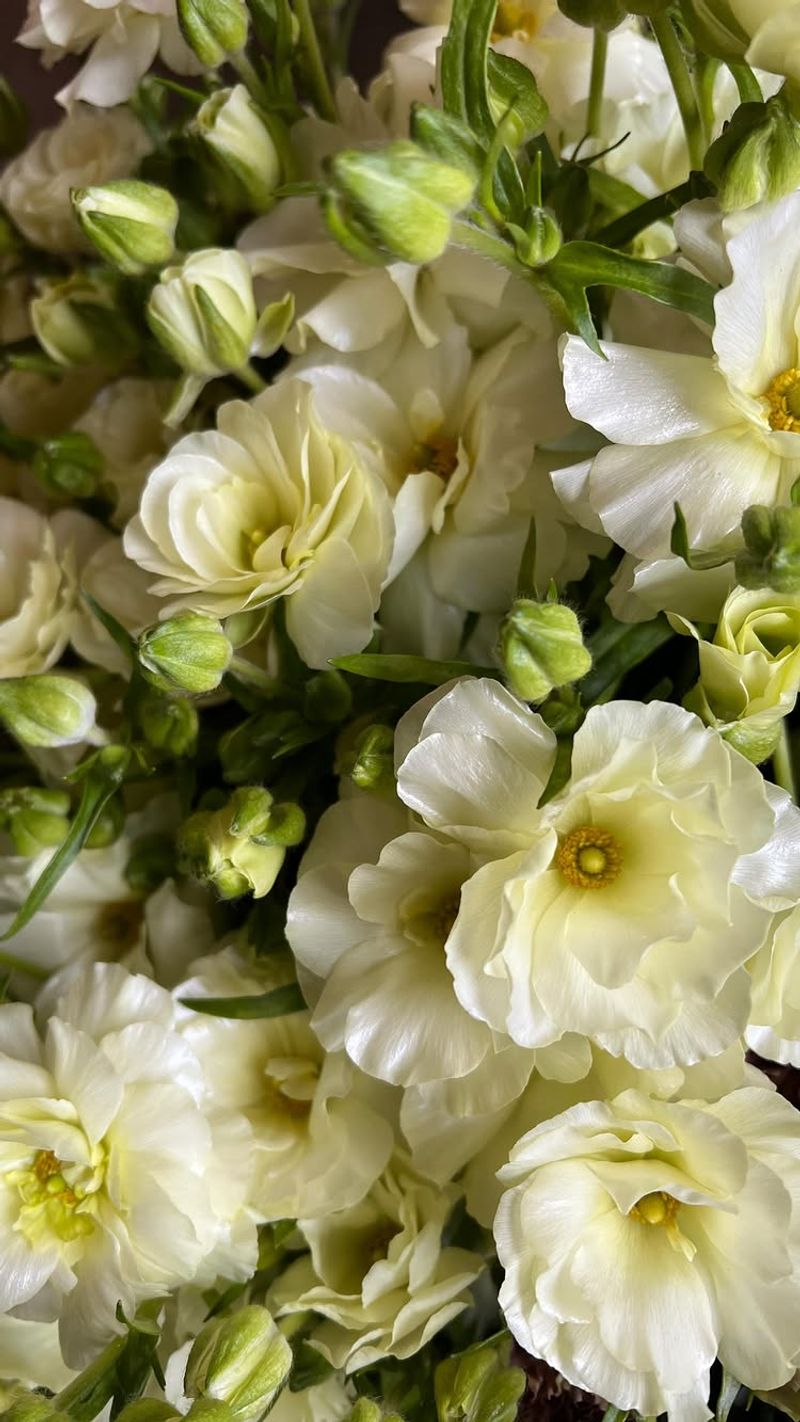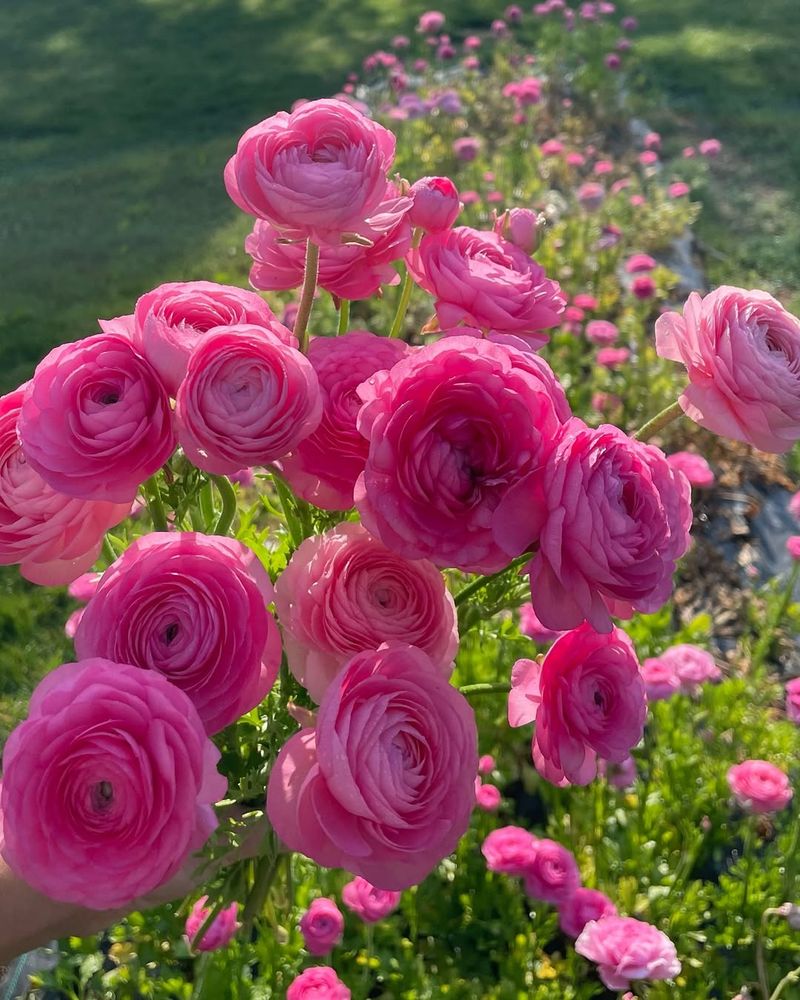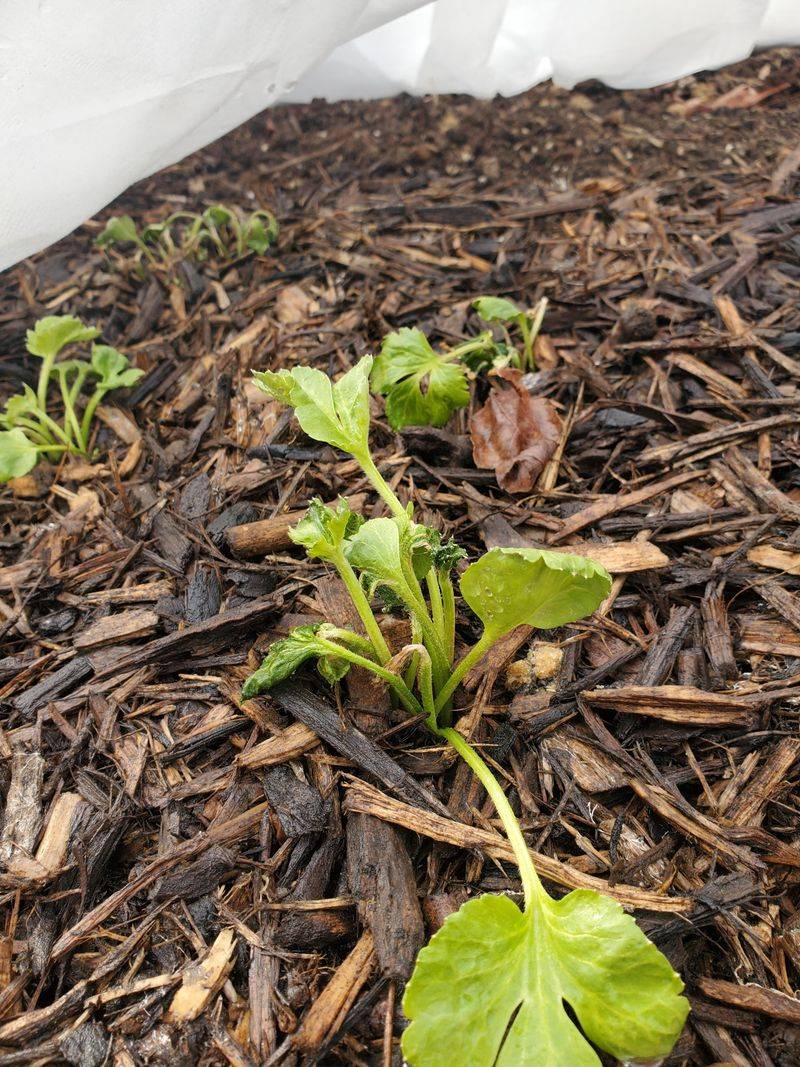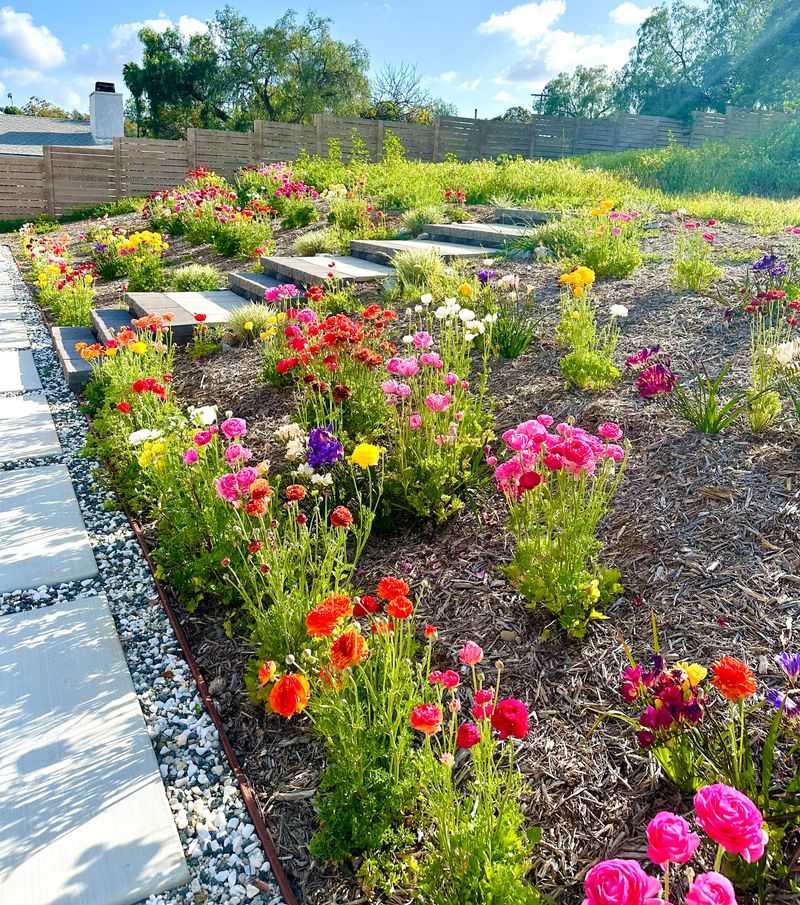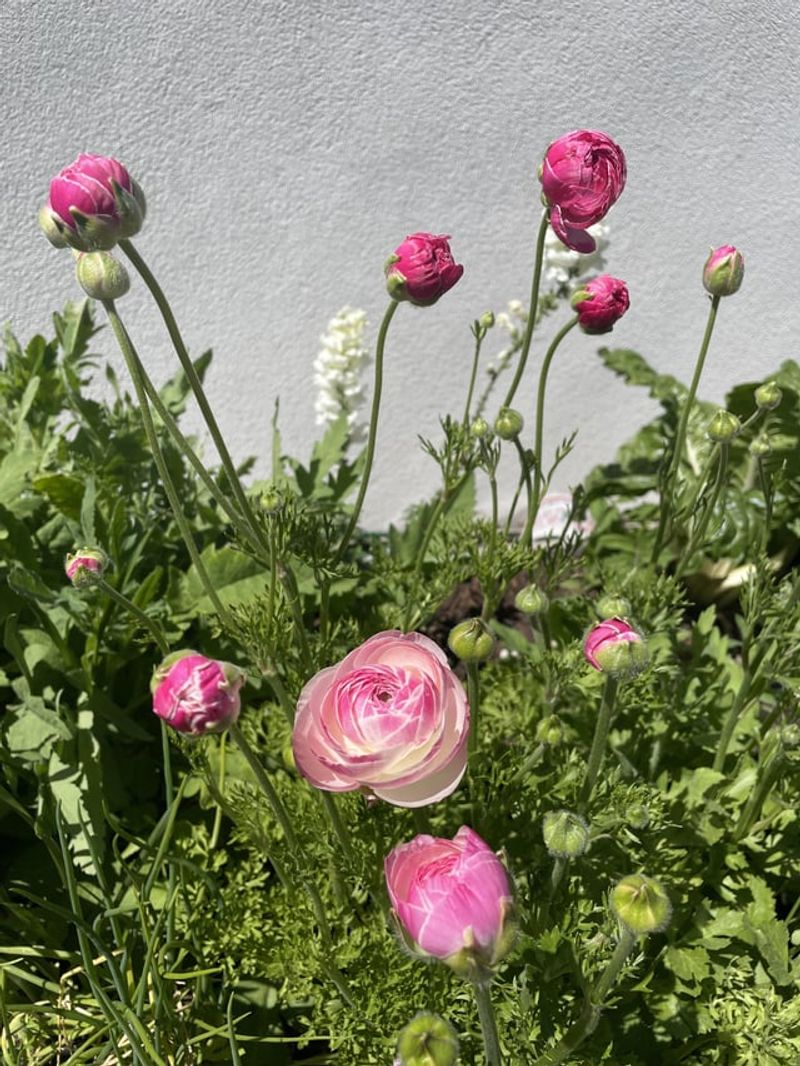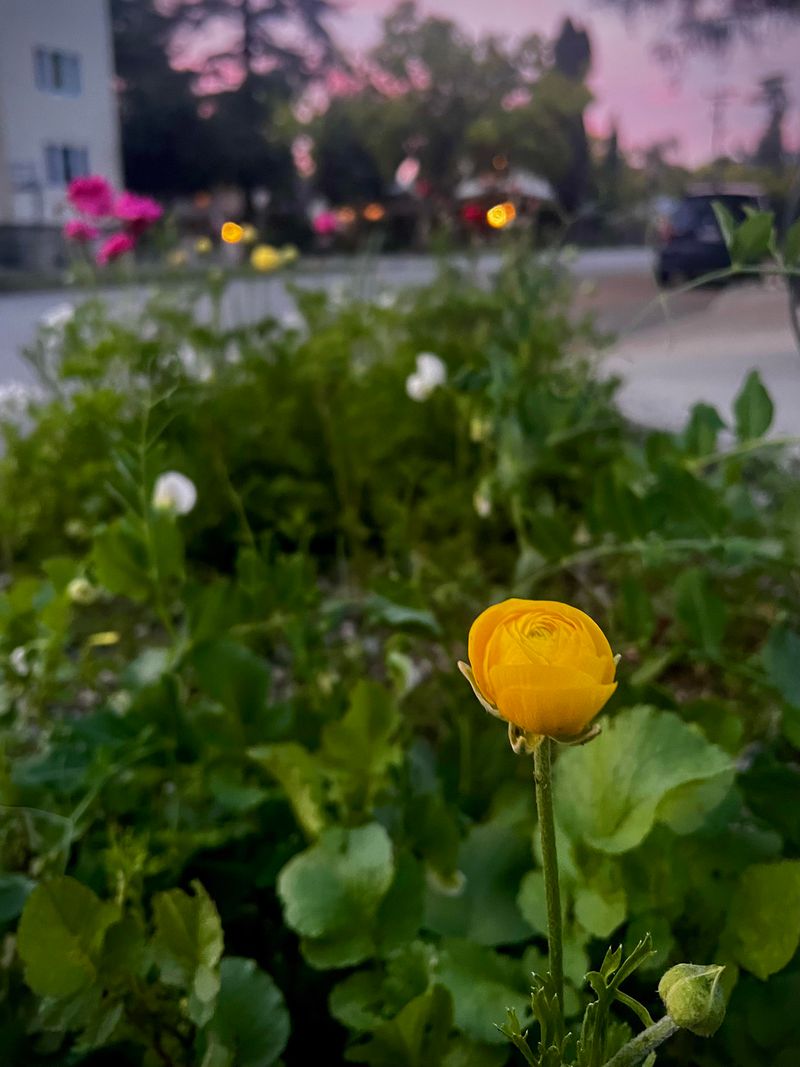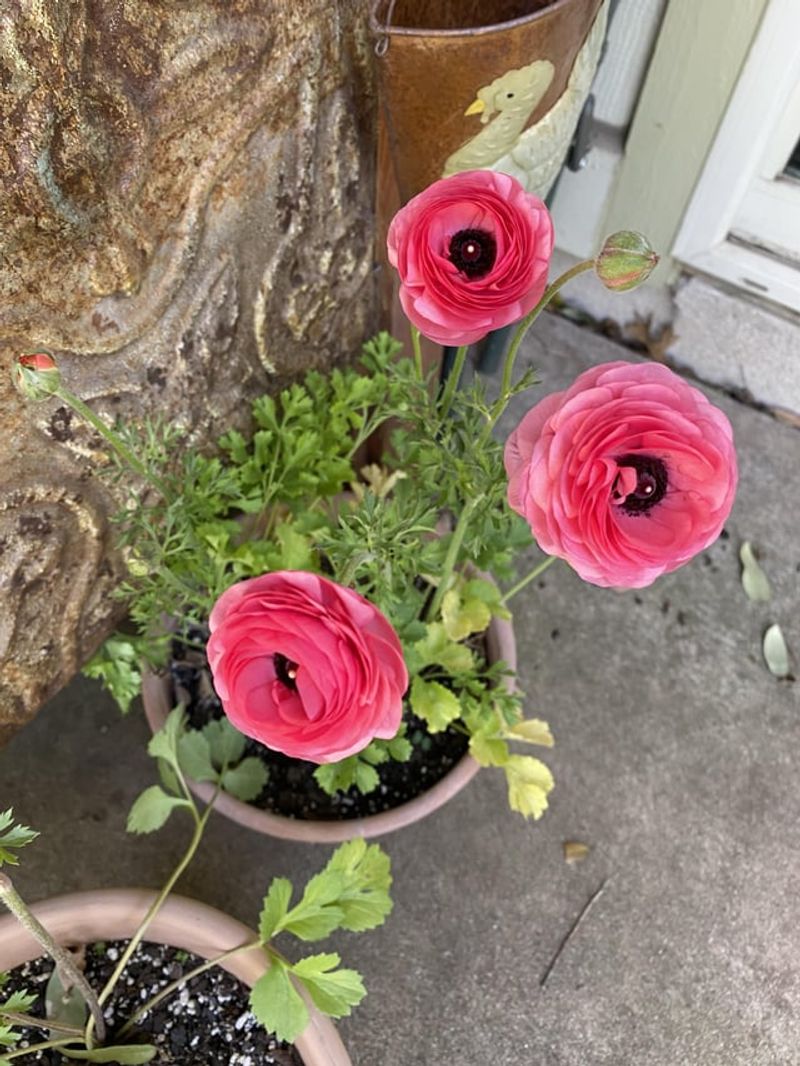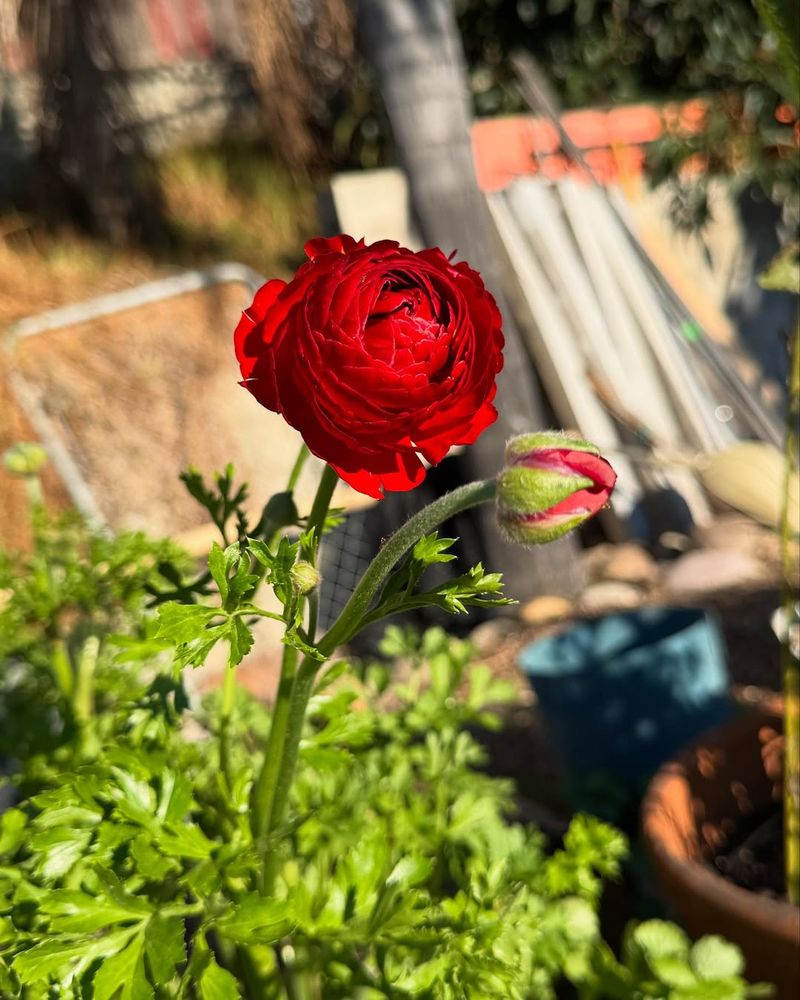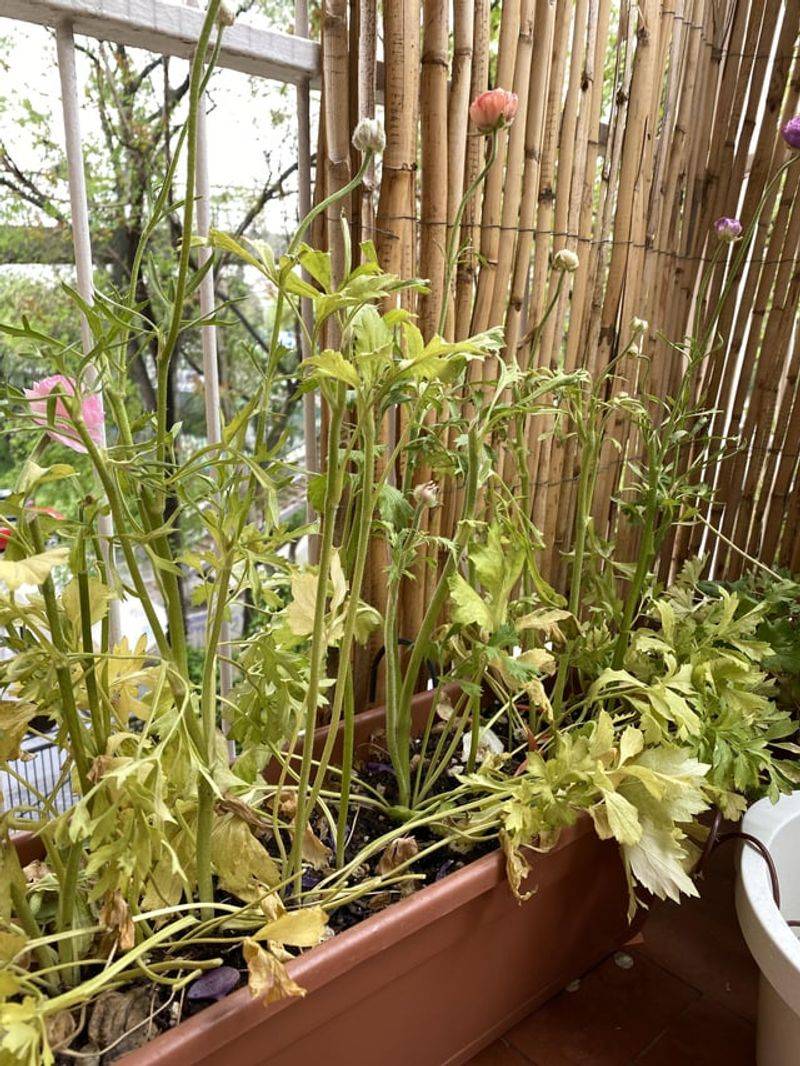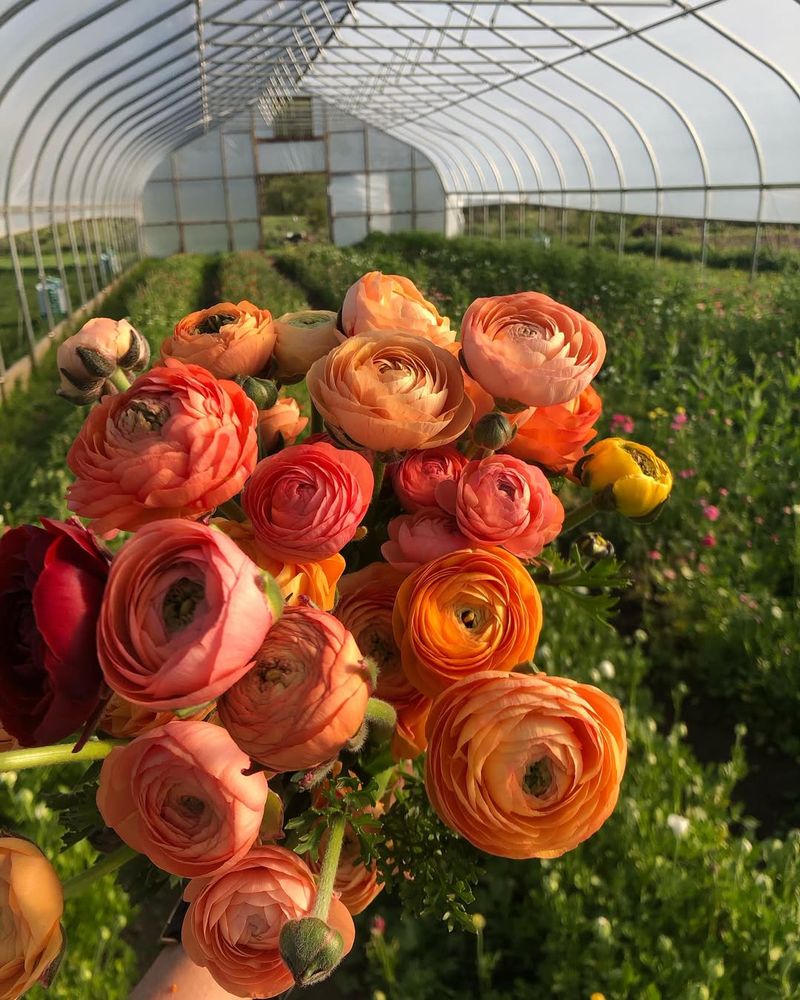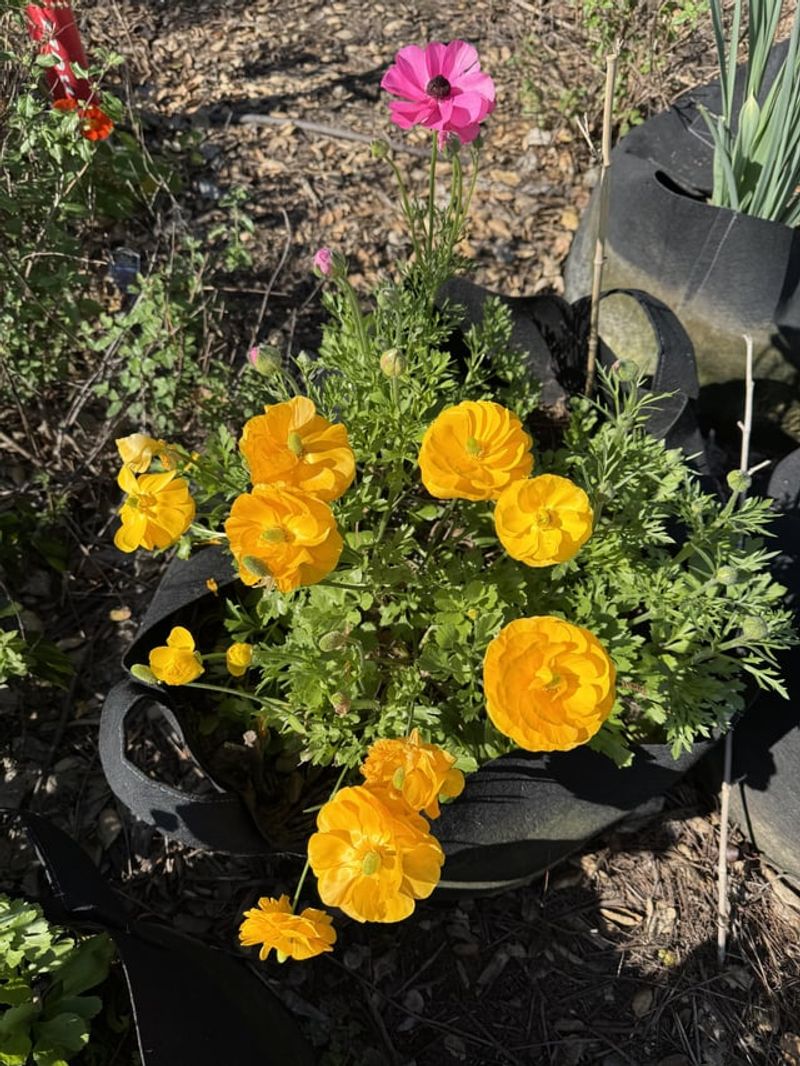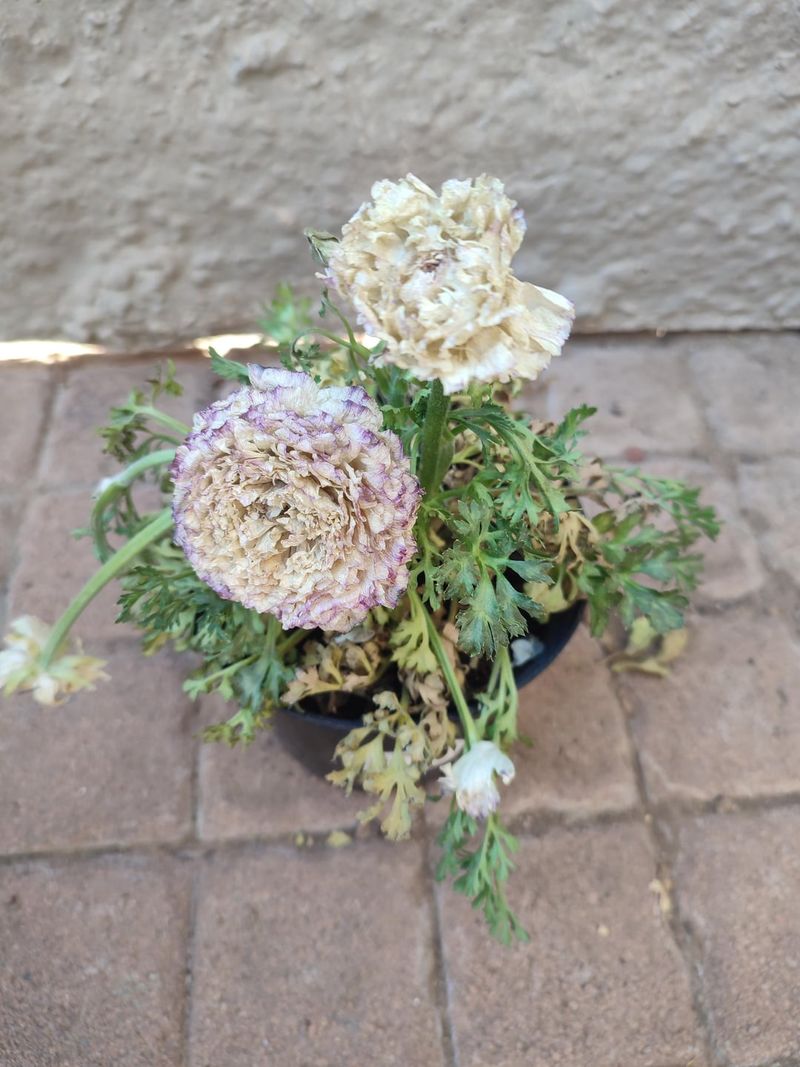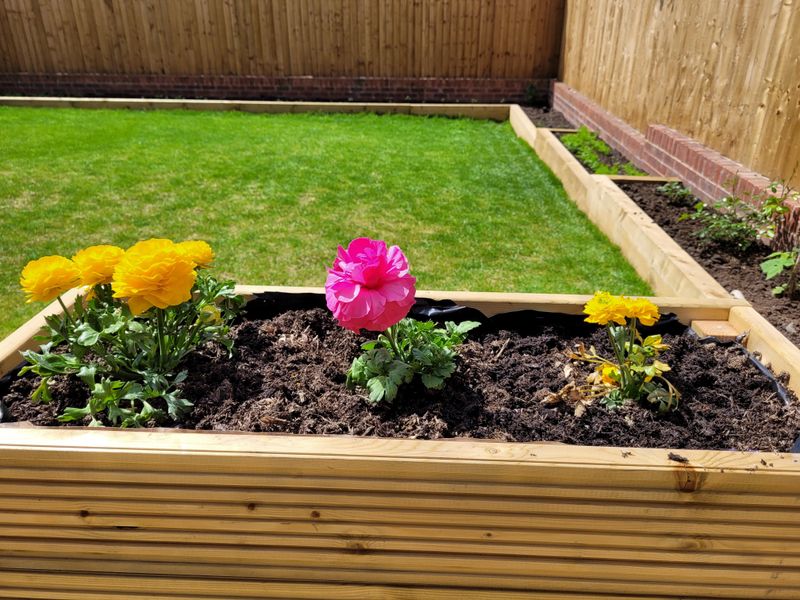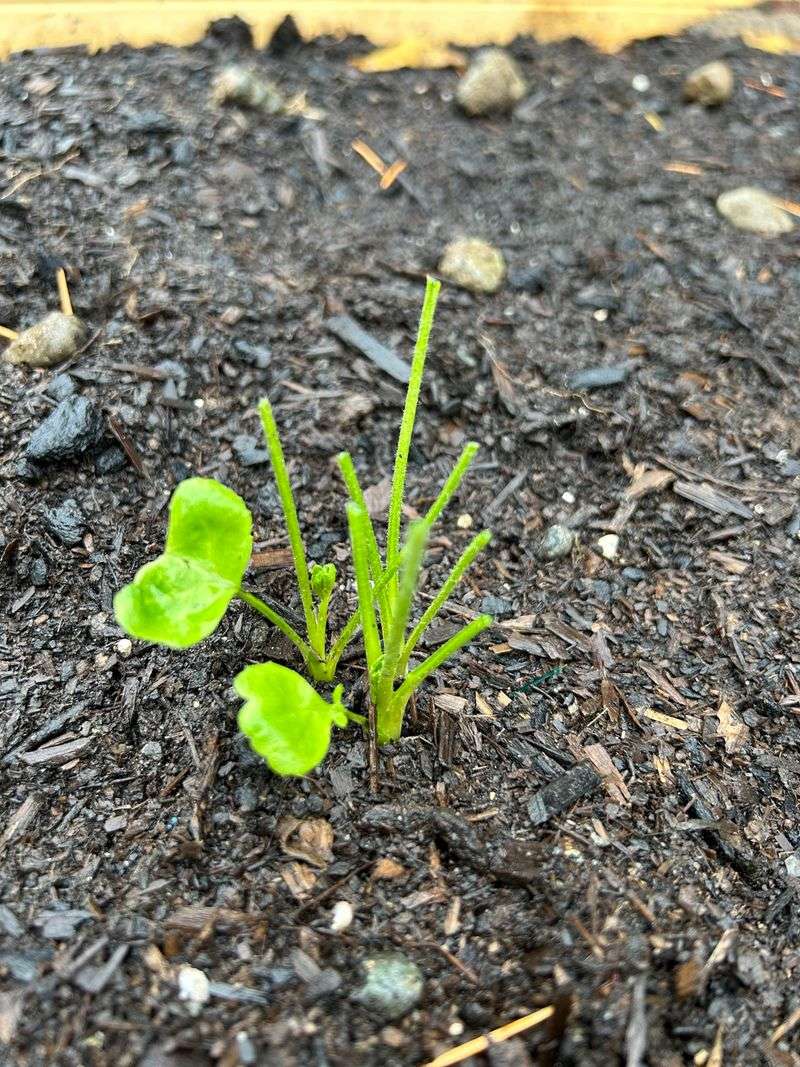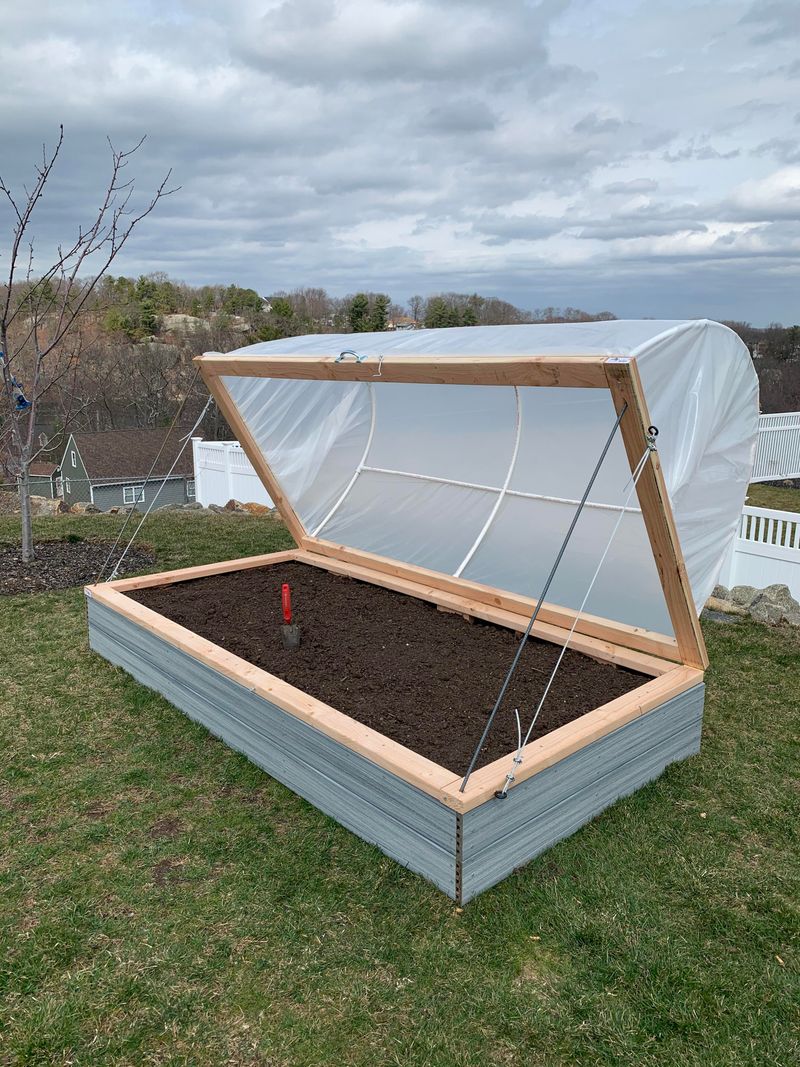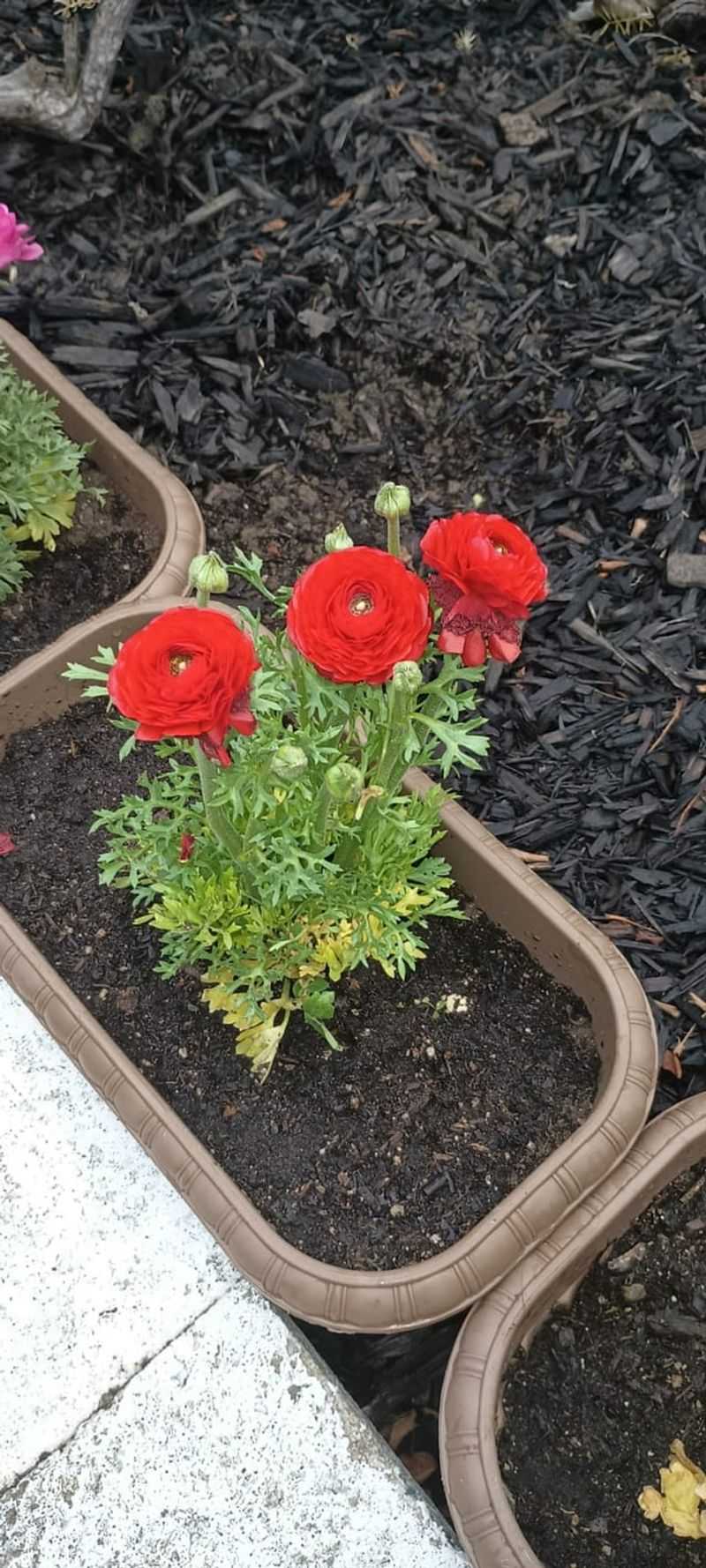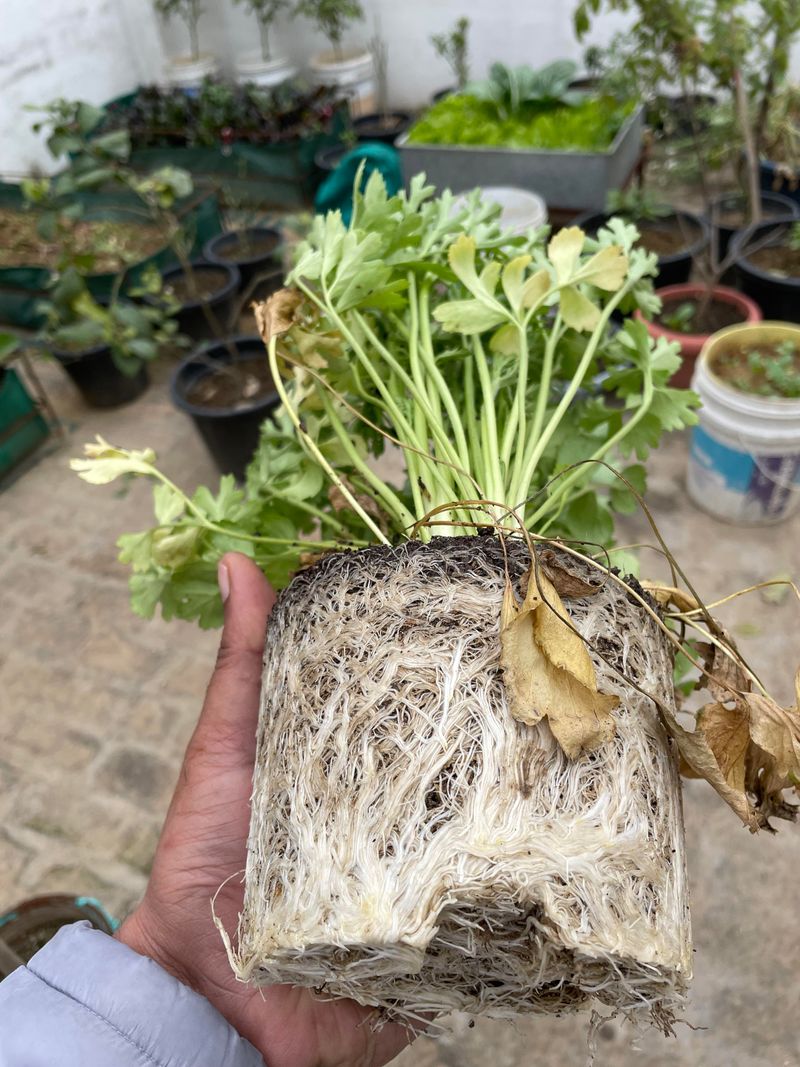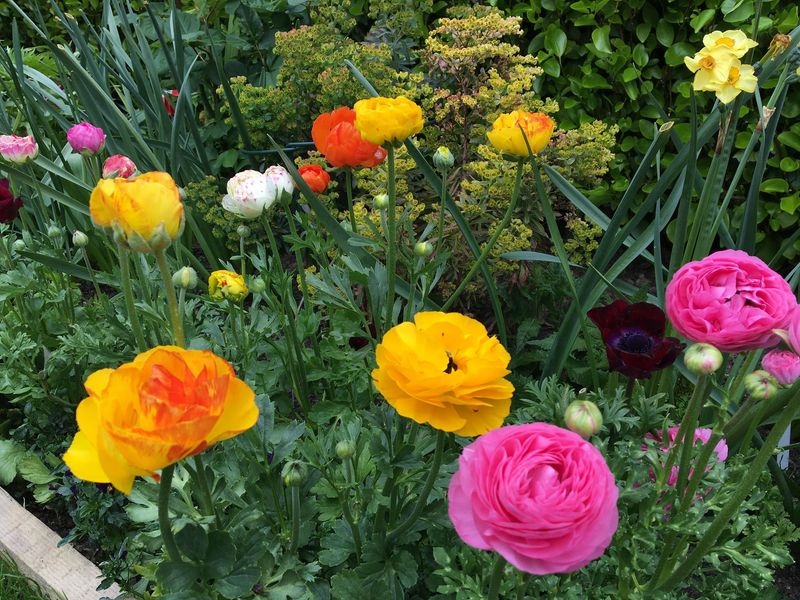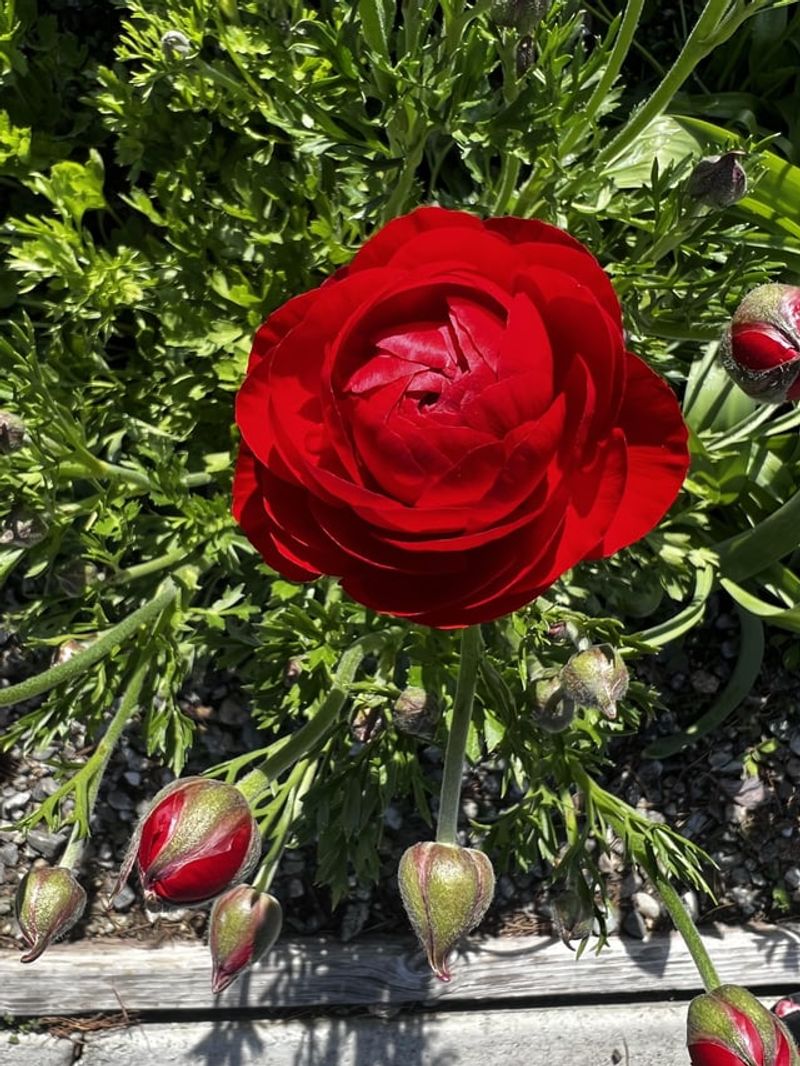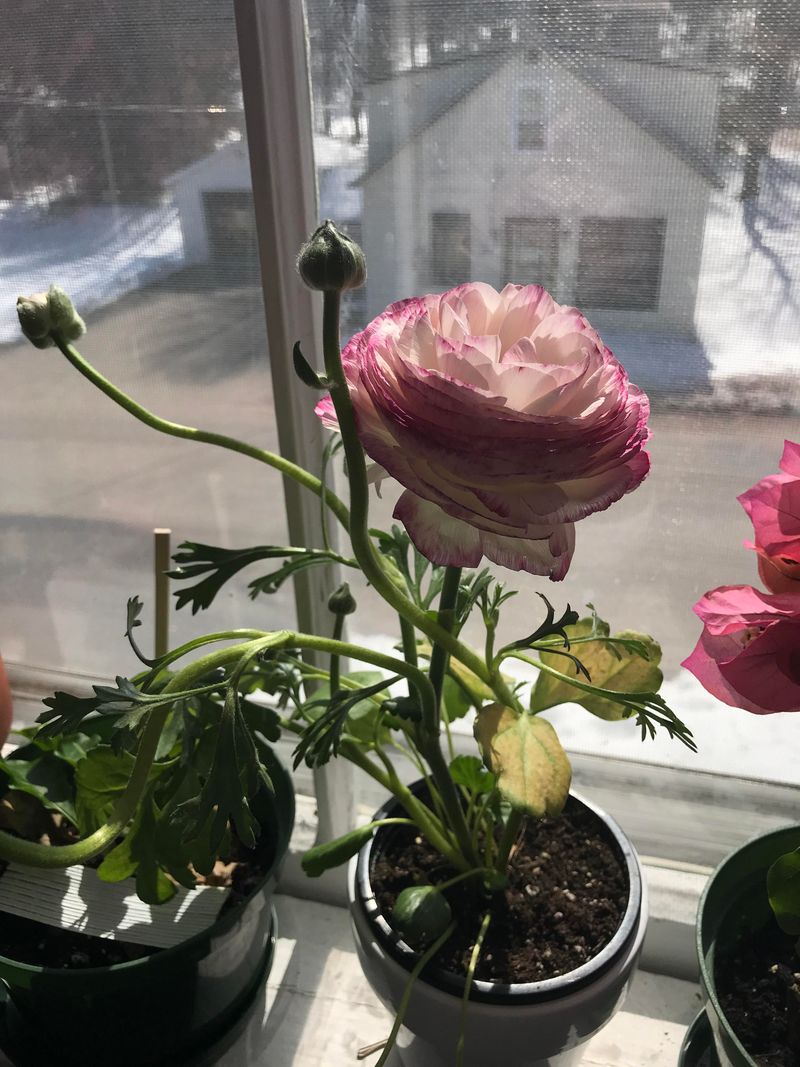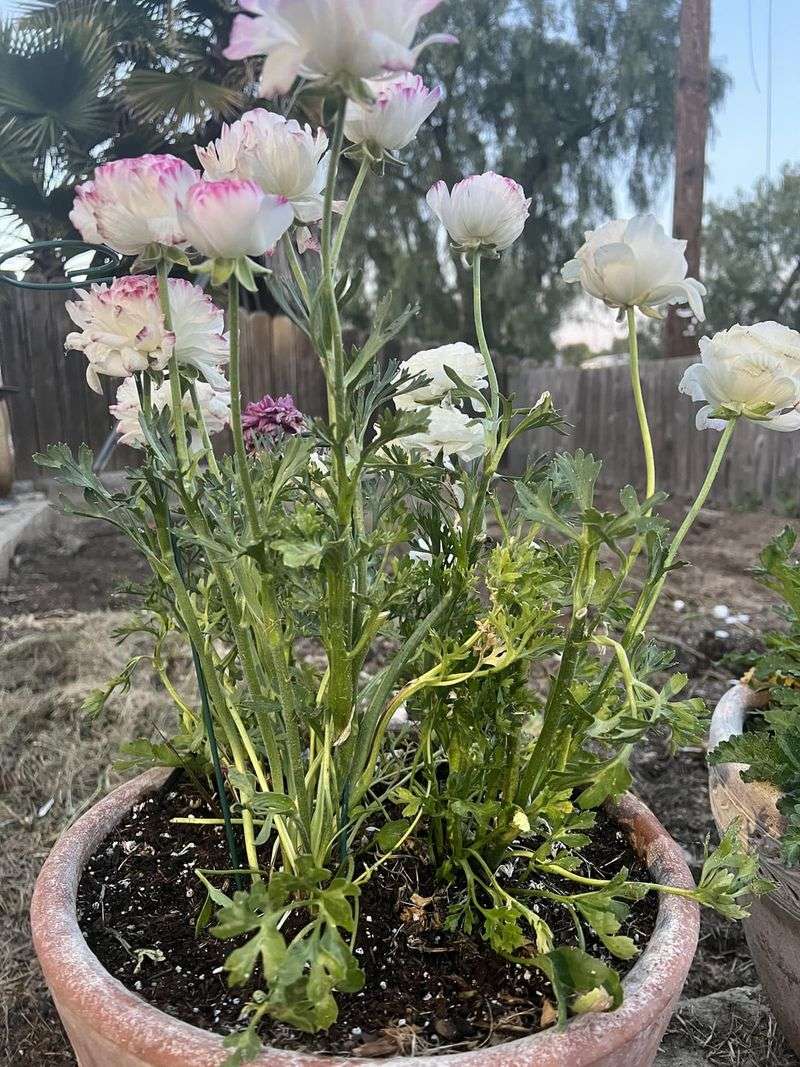Planting Ranunculus bulbs in different climates might sound tricky, but it’s easier than you think with the right tips in hand! These vibrant flowers can bloom beautifully whether you’re in a cooler zone or a warmer spot.
The best part? There are a few simple tricks that can help you grow bigger, more colorful flowers every season. With a little extra care and attention, your garden will be bursting with Ranunculus blooms in no time!
Ready to get your hands dirty and make this year’s garden pop? Let’s dive in!
1. Choose Well-Drained Soil for Healthy Bulbs
Good drainage is the key to happy ranunculus bulbs! They love soil that doesn’t stay soggy because their roots can’t thrive in wet conditions.
Choose a location where water can easily drain away, or mix in some sand or compost to help loosen up the soil. Healthy soil is your first step toward beautiful, vibrant flowers—plus, it’ll keep those bulbs from rotting.
2. Wait for Soil to Warm in Cooler Climates
Patience is a gardener’s best friend, especially when planting ranunculus in cooler climates. If the soil is still chilly, your bulbs won’t have the warm start they need to bloom beautifully.
Give the earth a chance to warm up naturally, and don’t rush the process—your flowers will thank you when they finally break through in the spring! Timing is everything in colder climates, so make sure the soil temperature is just right.
3. Plant in Early Spring for Mild Climates
For those living in milder climates, early spring is the sweet spot to plant your ranunculus bulbs. The gentle warmth of the season will give them just the right conditions to settle in and start growing.
Not too hot, not too cold—spring is like the perfect spa day for your plants! Get those bulbs in the ground early, and you’ll have a gorgeous garden to enjoy all season long.
4. Plant in Fall for Warmer Climates
In warmer climates, fall is the prime time to plant ranunculus. The cooler temperatures of autumn allow the bulbs to establish strong roots before the heat of summer arrives.
Planting in fall also gives them a head start, so you’ll see early blooms when the warmer weather kicks in. It’s a win-win for those living in regions where summers can be too intense for these delicate beauties.
5. Plant Bulbs 2-3 Inches Deep for Strong Roots
When planting ranunculus, make sure to dig a hole about 2 to 3 inches deep. This depth gives the bulbs the perfect room to grow strong, healthy roots without the risk of being too exposed.
It’s like tucking your bulbs into a cozy bed where they can rest before they pop up. Plus, planting at the right depth ensures that your plants can anchor properly in the soil.
6. Ensure Slightly Acidic to Neutral Soil pH
Ranunculus thrives in soil that’s just a little bit on the acidic side, but not too much! Aim for a pH level that’s slightly acidic to neutral—around 6 to 7 for the best results.
You can check your soil with a simple pH test kit to see if it’s in the right range. When your soil is balanced, your bulbs will grow stronger, and those beautiful blooms will burst forth with full force.
7. Pre-Chill Bulbs in Cold Climates Before Planting
If you live in a cold climate, you may need to give your ranunculus bulbs a little extra help before planting. Pre-chill the bulbs by placing them in the fridge for about two weeks before planting.
This mimics the cold temperatures they’d naturally experience in the wild, giving them the signal to start growing. Trust me, it’s worth the extra step for stronger, earlier blooms!
8. Use Mulch for Frost Protection in Freezing Climates
Mulch is like a cozy blanket for your ranunculus bulbs, especially when the temperatures drop. If you’re planting in a freezing climate, adding a layer of mulch over your bulbs can help protect them from frost damage.
It also keeps the soil temperature more stable, which your bulbs will appreciate. Mulch will give your plants a better shot at surviving the cold and coming back strong in the spring.
9. Provide Afternoon Shade in Hot Climates
Ranunculus loves the sun, but they’re not fans of the scorching heat. In hot climates, providing some afternoon shade is a simple way to protect your bulbs from the intense midday sun.
Try planting them where they can enjoy morning sunlight and a bit of relief in the afternoon. This will help keep your plants cool and stress-free during the hottest parts of the day.
10. Water Ranunculus Regularly for Consistent Growth
Ranunculus plants appreciate a good drink of water, but they don’t like to be overwatered. Keep the soil consistently moist, but not soggy, for healthy growth.
Regular watering encourages strong roots and vibrant blooms. Remember, dry spells can stress your plants, so make sure they’re getting enough hydration—especially during those warmer days.
11. Adjust Watering in Dry Climates for Proper Hydration
In dry climates, it’s important to adjust your watering routine to keep your ranunculus happy. These plants need regular hydration, but the dry air can quickly evaporate moisture, leaving your bulbs thirsty.
Be sure to water deeply but less frequently to encourage strong root growth. Mulching around the plants can also help retain moisture and reduce evaporation.
12. Use Raised Beds in Wet Climates for Better Drainage
If your garden tends to stay a bit too soggy, raised beds could be a game-changer for your ranunculus. These elevated plots allow for better drainage, keeping the bulbs dry and happy even after heavy rains.
Plus, the soil warms up faster in raised beds, giving your plants a head start when the growing season begins. If you’re tired of dealing with waterlogged soil, raised beds could be the solution.
13. Monitor Soil Moisture Levels in Different Seasons
Keeping an eye on the moisture level in your soil is crucial for healthy ranunculus. During the wetter months, your plants might get too much moisture, while during the dry season, they may need extra hydration.
Invest in a soil moisture meter or simply check the soil with your fingers—if it’s dry a couple of inches down, it’s time to water. Tailoring your watering routine to the seasons will help your plants thrive year-round.
14. Protect Ranunculus from Strong Winds in Coastal Climates
Coastal gardens often have the challenge of strong winds, which can damage delicate ranunculus flowers. You can help by planting them in a sheltered spot, perhaps near a fence or wall, to block the wind.
Tall plants or even simple windbreaks can provide the protection they need. This will keep your plants upright and thriving, no matter how gusty the weather gets.
15. Use Greenhouses to Control Temperature in Extreme Climates
For those dealing with extreme climates—whether too hot or too cold—using a greenhouse is a great way to control the environment for your ranunculus. Greenhouses help maintain consistent temperatures and protect your plants from the harsh outdoor elements.
This allows you to grow ranunculus even in challenging conditions. Plus, you’ll enjoy a longer growing season and more beautiful blooms.
16. Add Organic Matter for Richer Soil in Varied Climates
Adding organic matter like compost or well-rotted manure is a fantastic way to improve the soil quality in your garden, no matter where you live. This extra boost not only improves soil texture but also helps retain moisture and nutrients.
Healthy soil equals healthy bulbs, and that means more vibrant blooms! So, whether you’re in a dry or wet climate, organic matter is always a winning choice.
17. Incorporate Fertilizer for Stronger Growth in Rich Soils
If your soil is rich in nutrients, ranunculus will appreciate a little extra boost from fertilizer to keep them growing strong. Organic fertilizers like compost or fish emulsion provide steady nourishment for your bulbs, giving them everything they need to thrive.
Just be sure not to overdo it—too much fertilizer can harm your plants. A little goes a long way toward supporting bigger, brighter blooms.
18. Adjust Fertilizer Use Based on Soil Fertility in Different Climates
Soil fertility varies by region, so you may need to adjust your fertilizer routine based on where you live. In areas with nutrient-poor soil, you may need to fertilize more frequently to keep your ranunculus healthy.
In richer soils, however, too much fertilizer can actually cause harm. Take the time to test your soil and tailor your fertilizer plan to what your garden needs.
19. Deadhead Flowers Regularly to Extend Blooming Period
One of the easiest ways to enjoy ranunculus blooms for longer is by deadheading. Removing spent flowers helps the plant focus its energy on producing new buds instead of wasting resources on old blooms.
Plus, it keeps the garden looking neat and tidy. If you want to extend the show and enjoy fresh flowers all season, deadheading is a must!
20. Prune Back Foliage After Flowering for Better Health
After the blooms are gone, don’t forget to prune back the foliage to keep your ranunculus plants healthy. Cutting back spent leaves allows the plant to conserve energy for the roots, ensuring it can come back strong next season.
It also helps to prevent disease and pests from taking hold. A little post-bloom TLC goes a long way in maintaining a flourishing garden year after year.
21. Watch for Pests That Thrive in Specific Climates
Certain pests love particular climates, so it’s important to keep an eye on your ranunculus for unwanted visitors. In warmer climates, aphids and spider mites can be a common problem, while in humid regions, snails and slugs may pose a threat.
Regularly inspect your plants and address pest issues as soon as they arise. Prevention is always better than cure when it comes to garden pests.
22. Use Row Covers for Protection Against Frost in Early Spring
Row covers are a gardener’s secret weapon when it comes to protecting ranunculus from unexpected frosts. These lightweight covers act as a barrier against the cold, keeping your plants safe and warm when temperatures drop unexpectedly.
Plus, they allow sunlight and moisture to reach your bulbs, so you can keep them growing strong even in chilly spring weather.
23. Avoid Overwatering in Humid Climates to Prevent Rot
In humid climates, it’s easy to overwater, which can lead to bulb rot. Ranunculus needs moisture, but too much water can suffocate the roots and lead to disease.
Be mindful of rainfall and adjust your watering schedule accordingly. Proper drainage is key—if the soil is consistently wet, it may be time to scale back on watering.
24. Provide Good Air Circulation to Prevent Disease
Good air circulation is essential to keeping your ranunculus plants disease-free. Crowded plants or too much moisture can encourage mold or mildew to develop.
Space your plants well apart and make sure they’re getting plenty of airflow. Healthy plants are more resilient, so give them the breathing room they need to stay strong and vibrant.
25. Monitor Temperature Ranges to Prevent Heat Stress
Ranunculus prefers mild temperatures, so it’s important to monitor the temperature range where you live. Too much heat can stress the plants, causing them to wilt or stop blooming altogether.
If you’re dealing with a particularly hot season, try to provide shade during the hottest hours. Keep your plants cool, and they’ll reward you with stunning flowers.
26. Protect Bulbs During Transitions Between Seasons
The transition between seasons can be tricky for ranunculus bulbs, especially when temperatures swing wildly. Protecting them during these changes is key to ensuring their survival.
Use mulch or row covers to insulate the bulbs and keep the temperature steady. Proper care during these transitional times helps your plants bounce back strong, no matter what the weather throws at them.
27. Grow Ranunculus Indoors in Extremely Cold Regions
For those in extremely cold regions, don’t give up on ranunculus just yet! You can grow them indoors in pots to keep them warm and happy. Place the pots in a sunny spot and water them regularly—just make sure the containers have good drainage.
Growing ranunculus indoors gives you the chance to enjoy these beautiful blooms, even if you can’t plant them outside.
28. Choose Heat-Tolerant Ranunculus Varieties for Hot Climates
If you’re gardening in a hot climate, consider choosing heat-tolerant ranunculus varieties. Some bulbs are bred to withstand higher temperatures, so they’ll thrive even when the weather heats up.
Look for varieties known for their resilience and plant them in a spot with partial shade to keep them cool. With the right variety, even the hottest days won’t stop your ranunculus from blooming beautifully.


